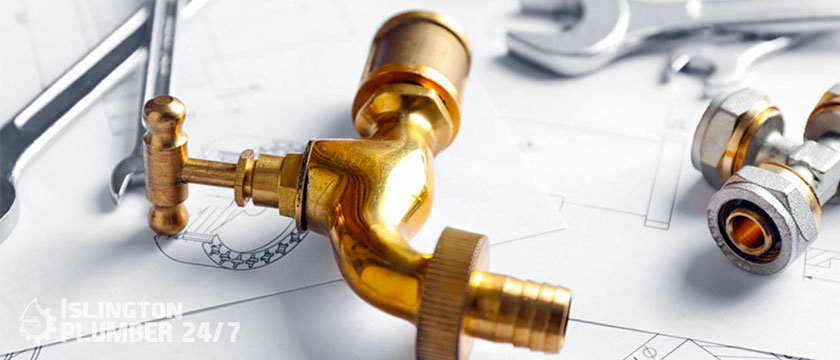
19 Jan. 22
Why Is Your Water Heater Leaking?
When a home’s water heater leaks, the consequences can be severe. Water damage ruins floors, walls, and valuable possessions if the leak continues to leak for an extended period of time. Homeowners want to fix leaks as soon as possible, but they don’t always know where they come from or why they occur. This knowledge, on the other hand, saves homeowners money and time. Fortunately, leaks are easy to spot if you know where to look.
Plumbers educate homeowners on this critical issue. Water heaters are dangerous when they leak in certain areas, so all leaks must be taken seriously. We discuss the causes of leaks in water heaters. We also discuss why those causes occur in the first place. This information assists homeowners in distinguishing between minor leaks and those that require replacement.
What Are the Reasons for Water Heater Leaks?
Water heater leaks are caused by a variety of factors. Sometimes problems are minor, making them simple to repair on one’s own. Other issues, however, are significant enough to necessitate the purchase of a completely new water heater. In general, it’s a good idea to hire a plumber to help you diagnose problems so that the proper course of action can be taken.
The following are the most common causes of water heater leaks.
An old tank. Tank-style water heaters that are more than 15 years old leak more frequently than newer heaters. As the unit ages, the parts wear out, the water loses its warmth, and leaks become more common. Water heater leaks caused by rust in the tank can occur as a result of aging. Corrosion occurs as a result, allowing water to escape through cracks. When a water heater reaches the end of its useful life, the only option is to replace it.
Drainage valve. Plumbers and homeowners use the drain valve to empty the tank during maintenance visits and replacements. When it comes time to clean the tank, homeowners use the drain valve. This valve gradually loosens, allowing water to leak through. Leaks from the valve’s base, on the other hand, indicate that the component isn’t watertight.
A new drain valve is required in this case. Fortunately, homeowners can complete this replacement, but it’s a good idea to consult with a plumber first.
There is too much pressure. Water heaters, like any other plumbing fixture, deal with naturally occurring water pressure. Water heaters generate pressure because hot water generates steam, which fills the empty space. When this steam has nowhere to go, the pressure builds up to dangerous levels. To relieve some of the pressure, water leaks through any cracks in the heater. The heater pressure rises when the water temperature is set too high or when water enters the system at high pressures.
Temperature and pressure relief valves are faulty.Water heater leaks can also be caused by the temperature and pressure relief valve, or T&P valve. This valve aids in the relief of pressure within the tank. When this valve fails, the pressure in the tank rises. Sometimes the valve is simply loose and needs to be tightened. However, if the part is faulty, it must be replaced. Lower the tank pressure before addressing T&P valve issues.
Connections for inlet and outlet In a water heater, cold water enters through the inlet connection and hot water exits through the outlet connection. Hot water can enter your water fixtures through these connections. These become loose over time and cause leaks. Other problems like blocked drain islington with the inlet and outlet connection are uncommon.
Internal storage tank Tank water heaters complete their processes using two shells. The external shell insulates the internal shell, which holds the water. Both shells are then covered in a final layer of metal. Water heater leaks in the internal shell are difficult to detect, but most of the time they are caused by age and deterioration. This type of leak does not occur from the tank’s exterior.
Sediment gathering. Water heaters collect sediment at the bottom of the tank as they age. Homeowners who clean the water out of the tank on a regular basis rarely have this problem. Those who do not drain the tank to clean it, on the other hand, allow sediment to accumulate until cracks form. Water can seep through these cracks.


